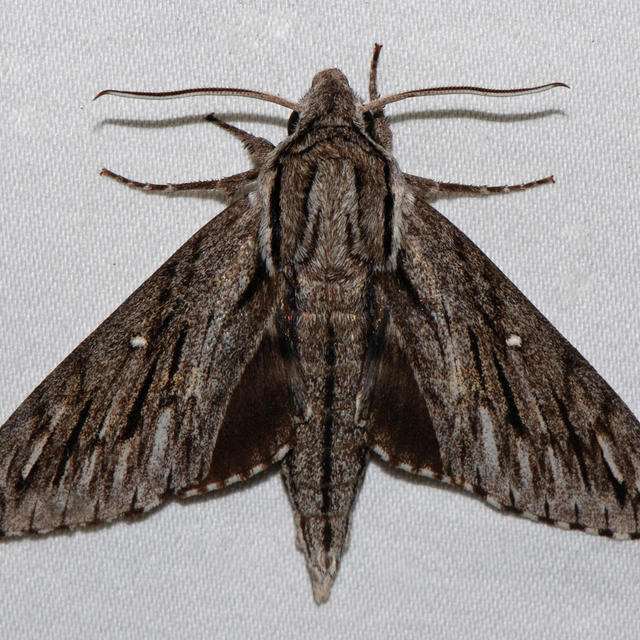Plebeian sphinx
Paratrea plebeja (Fabricius, 1777)
Family: Sphingidae
Subfamily: Sphinginae
Identification: Forewing is gray with indistinct black and white markings, a series of black dashes from the base to the tip, and a small white cell spot. Hindwing is dark gray with an obscure dark median band.
Wing Span: 2 3/8 - 3 inches (6 - 7.5 cm).
Life History: Caterpillars hide on the underside of stems during the day, and emerge to feed at night. Fully-grown caterpillars pupate in chambers in soft soil. Caterpillars of the second brood pupate and overwinter in their chambers.
Flight: One brood in the north from May-July, at least two broods in the south from March-November.
Caterpillar Hosts: Common trumpetcreeper (Campsis radicans), Florida yellow-trumpet (Tecoma stans), lilac (Syringa species), and passionflower (Passiflora species).
Adult Food: Deep-throated flowers including honeysuckle, bouncing bet, and verbena.
Habitat: Not reported.
Range: Connecticut south to Florida; west to Nebraska, Kansas, Oklahoma, and Texas. Ranges south to Veracruz, Mexico.
Conservation: Not usually required.
NCGR: G5 - Demonstrably secure globally, though it may be quite rare in parts of its range, especially at the periphery.
Management Needs: None reported.
Comments: Genus changed from Paratrea to Paratraea. Apparent misspelling. Fixed 8/2009.
Alternate Scientific Names:
Paratrea plebeja
Please donate!
We depend on donations to keep Butterflies and Moths of North America freely available. We want to express our gratitude to all who showed their support by making a contribution this year. You can donate to support this project at any time.
Advertise with us!
Do you have a product or service that you think would interest BAMONA users? If you would like to advertise on this website, contact us by email, or use the contact form and select the "Advertising" category.
Verified Sightings
Displaying 1 - 24 of 310 verified sightings

Observation date: Aug 26, 2025
Submitted by: Moth_Observer01
Region: Nelson County, Kentucky, United States
Verified by: rogerdowner
Verified date: Sep 13, 2025

Observation date: Jul 22, 2025
Submitted by: Rob Williams
Region: Leon County, Florida, United States
Verified by: curtis.lehman
Verified date: Aug 23, 2025

Observation date: Jul 27, 2025
Submitted by: Rpozz
Region: Jefferson County, Ohio, United States
Verified by: rogerdowner
Verified date: Aug 01, 2025

Observation date: May 20, 2024
Submitted by: hrr705
Region: Tulsa County, Oklahoma, United States
Verified by: stomlins701
Verified date: Sep 05, 2024

Observation date: Jul 28, 2024
Submitted by: Msdsw123
Region: Carteret County, North Carolina, United States
Verified by: rogerdowner
Verified date: Jul 30, 2024

Observation date: Jun 25, 2024
Submitted by: Rick Welton
Region: Brazoria County, Texas, United States
Verified by: stomlins701
Verified date: Jul 02, 2024

Observation date: Jul 15, 2023
Submitted by: Lavenderp
Region: St. Louis County, Missouri, United States
Verified by: jwileyrains
Verified date: May 26, 2024
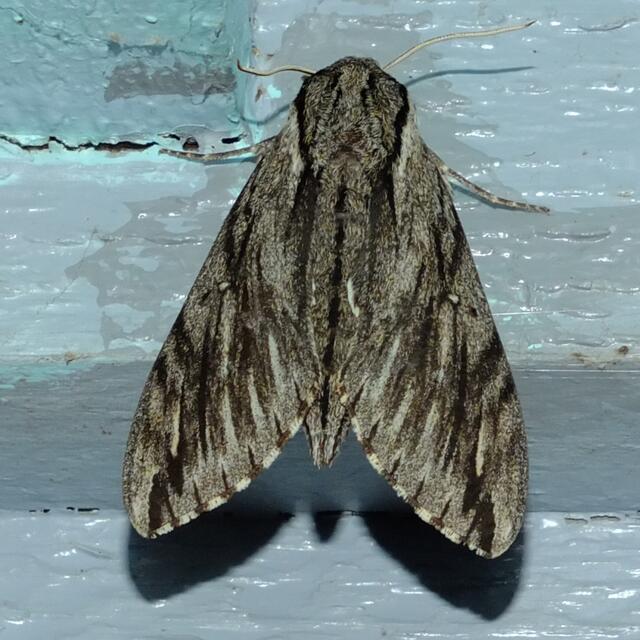
Observation date: Jun 08, 2023
Submitted by: sedges
Region: Georgia, Stephens County, United States
Verified by: Mikelchap
Verified date: Jun 29, 2023

Observation date: Sep 06, 2022
Submitted by: jrfleullan
Region: Effingham County, Georgia, United States
Verified by: Mikelchap
Verified date: Jun 29, 2023
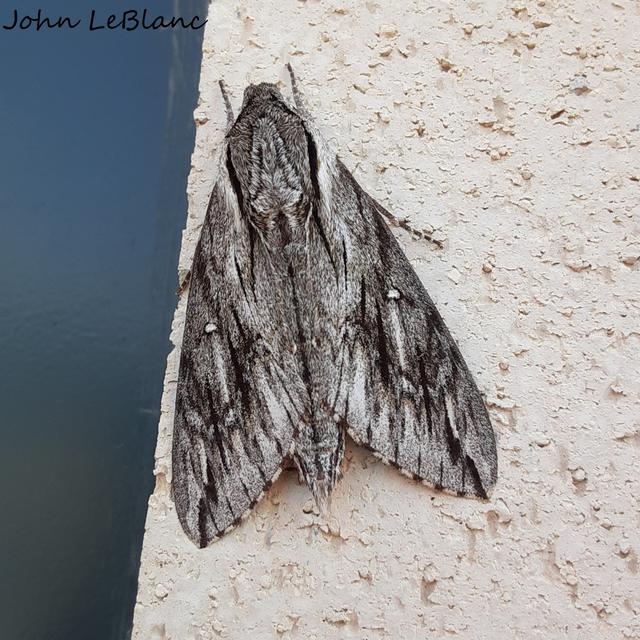
Observation date: Sep 18, 2022
Submitted by: John LeBlanc
Region: Colonial Heights, Virginia, United States
Verified by: rogerdowner
Verified date: Sep 18, 2022

Observation date: Aug 01, 2020
Submitted by: Eric Wood
Region: Boone County, Missouri, United States
Verified by: jamesdurbin
Verified date: Sep 14, 2022

Observation date: May 21, 2021
Submitted by: Eric Wood
Region: Boone County, Missouri, United States
Verified by: jamesdurbin
Verified date: Sep 11, 2022

Observation date: Jul 15, 1983
Submitted by: Allen B
Region: Morris County, New Jersey, United States
Verified by: Allen B
Verified date: Feb 03, 2022

Observation date: Jul 30, 2017
Submitted by: Robert Molter
Region: Suffolk County, New York, United States
Verified by: jwileyrains
Verified date: Nov 01, 2021
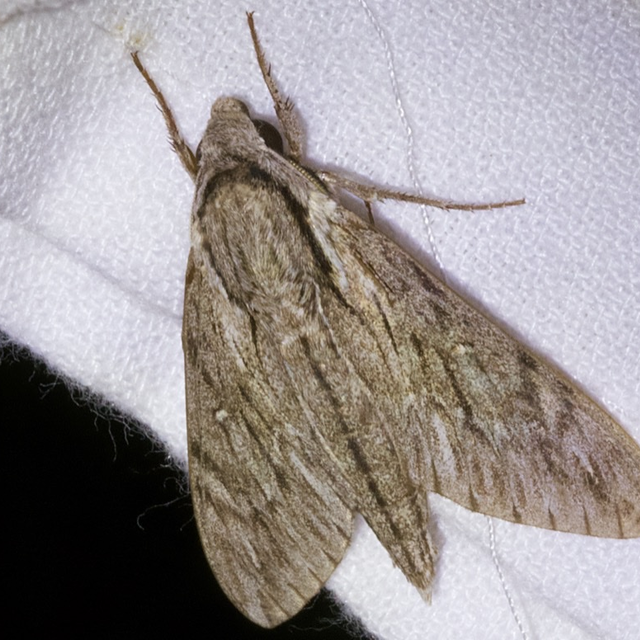
Observation date: Jul 30, 2021
Submitted by: reupurtbones
Region: Allen County, Kentucky, United States
Verified by: rogerdowner
Verified date: Sep 02, 2021

Observation date: Aug 27, 2021
Submitted by: plawryniuk
Region: Newport News, Virginia, United States
Verified by: rogerdowner
Verified date: Aug 30, 2021

Observation date: Aug 25, 2021
Submitted by: firewoman
Region: Fayette County, Georgia, United States
Verified by: Mikelchap
Verified date: Aug 25, 2021

Observation date: Aug 19, 2021
Submitted by: JamieLynn
Region: Richmond County, Georgia, United States
Verified by: Mikelchap
Verified date: Aug 20, 2021

Observation date: Jun 17, 2021
Submitted by: JMJaskula
Region: Boone County, Indiana, United States
Verified by: rogerdowner
Verified date: Jul 23, 2021

Observation date: Sep 06, 2020
Submitted by: CincyJeff
Region: Clermont County, Ohio, United States
Verified by: jwileyrains
Verified date: Feb 02, 2021

Observation date: Aug 16, 2020
Submitted by: CincyJeff
Region: Clermont County, Ohio, United States
Verified by: jwileyrains
Verified date: Jan 16, 2021
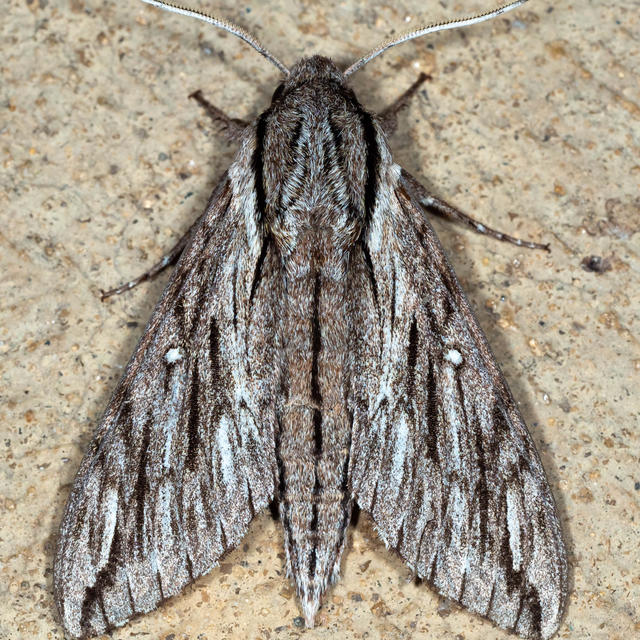
Observation date: Jul 18, 2020
Submitted by: K and G Campbell (Karen and Gary Campbell)
Region: Lehigh County, Pennsylvania, United States
Verified by: curtis.lehman
Verified date: Jan 05, 2021

Observation date: Jun 03, 2019
Submitted by: Emergenurse
Region: Warren County, Tennessee, United States
Verified by: rogerdowner
Verified date: Jan 01, 2021

Observation date: Jun 09, 2019
Submitted by: Emergenurse
Region: Warren County, Tennessee, United States
Verified by: rogerdowner
Verified date: Jan 01, 2021
- 1 of 13
- next ›



